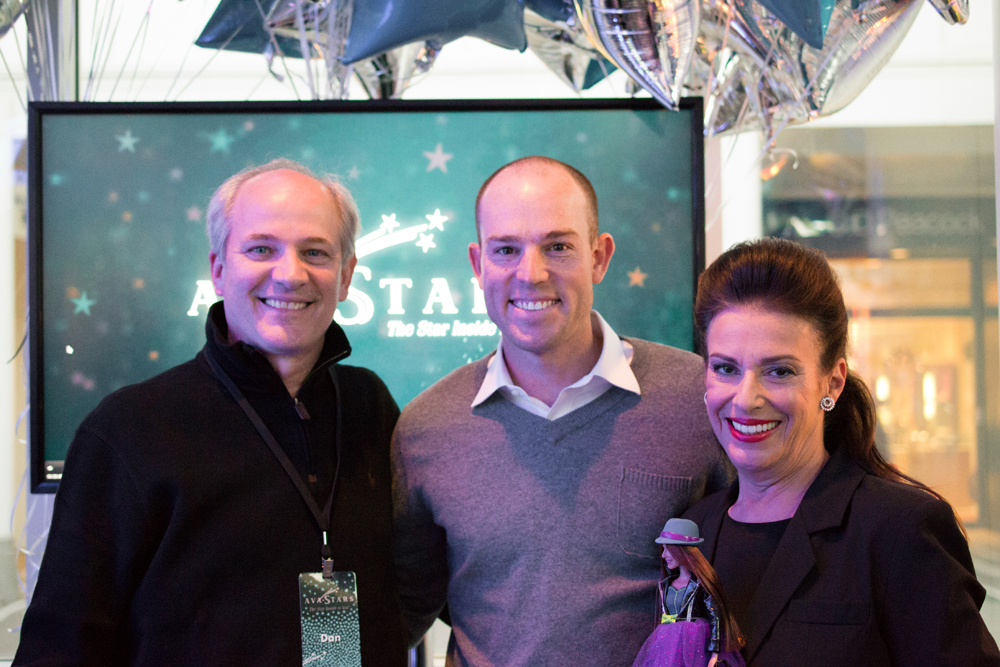Growing up, my family would always head to one local, outdoor mall to do all of our Christmas shopping. Even though Oak Brook Center, located on Greater Chicagoland’s wintry outskirts, was always cold the day after Thanksgiving, the place was packed for the Black Friday deals and the cozy, Holiday atmosphere. After moving to California and the advent of e-commerce, I hadn’t been back there for almost eight years, so, when I returned last weekend for the opening of AvaStars, I didn’t expect to see so much change in my family’s favorite shopping mall.
My last memory of Oak Brook was in high school, when a friend of mine made a stuffed bear at the Build-A-Bear Workshop. AvaStars, in some ways, had this Build-A-Bear 2.0 feeling about it. The store isn’t just meant to be a place for buying more disposable plastic for the holidays, but to be an all-encompassing experience for the consumer that ends with a completely personalized product. A glass box in the middle of the mall, the AvaStarShip glows fluorescent colors, beckoning shoppers to stop in and see what the light is all about.
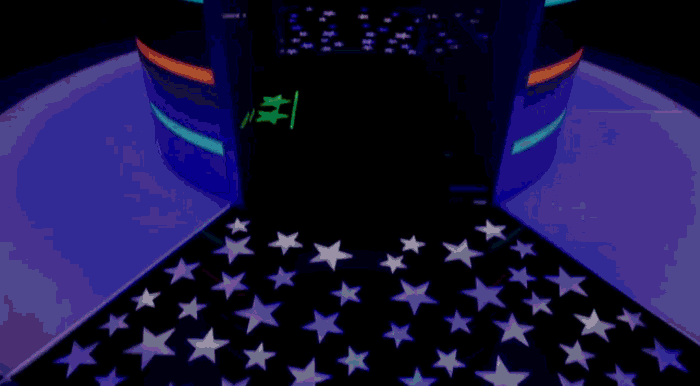
Once inside, patrons are treated to a dream-making adventure in which they choose an AvaStar, an idealized version of themselves as any number of professions: a firefighter, veterinarian, pop star, fashionista, martial artist, etc. After typing in the name of their alter ego, they then head into the scanning booth, a sophisticated 3D scanner that registers a patron’s height and captures their face using four, high-quality digital cameras. The system’s software transforms the face into a 3D file, both for 3D printing and 3D animation.
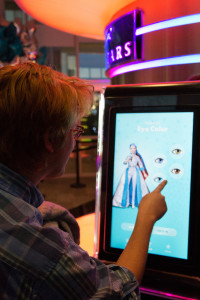
Sure, it sounds a little cheesy, to imagine some cartoon of yourself walking a high fashion runway. I even admit that, watching the Bears’ Robbie Gould pass through the AvaStar booth as one of the best kickers of all time only to come out as a famous “Cool Rocker”, I wasn’t quite blown away. But that’s because I’m not Robbie Gould. Going through it myself, however, I can honestly say that I was really impressed.
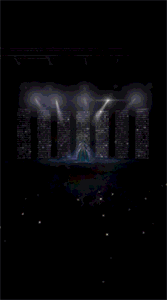
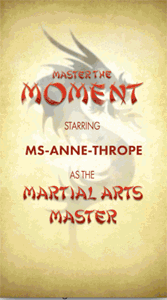
And, that’s the thing about the AvaStar project: AvaStars are more than toys. They’re almost like an elaborate vision board for kids and adults alike. You can see your ideal self projected on a screen and then receive a physical doll or action figure two weeks later. For Robbie Gould, maybe he’ll conjure up some more creative aspects of his psyche after the getting his AvaStar action figure. For Danielle and I, maybe we’ll be more in touch with the feminine and masculine parts of our personalities.
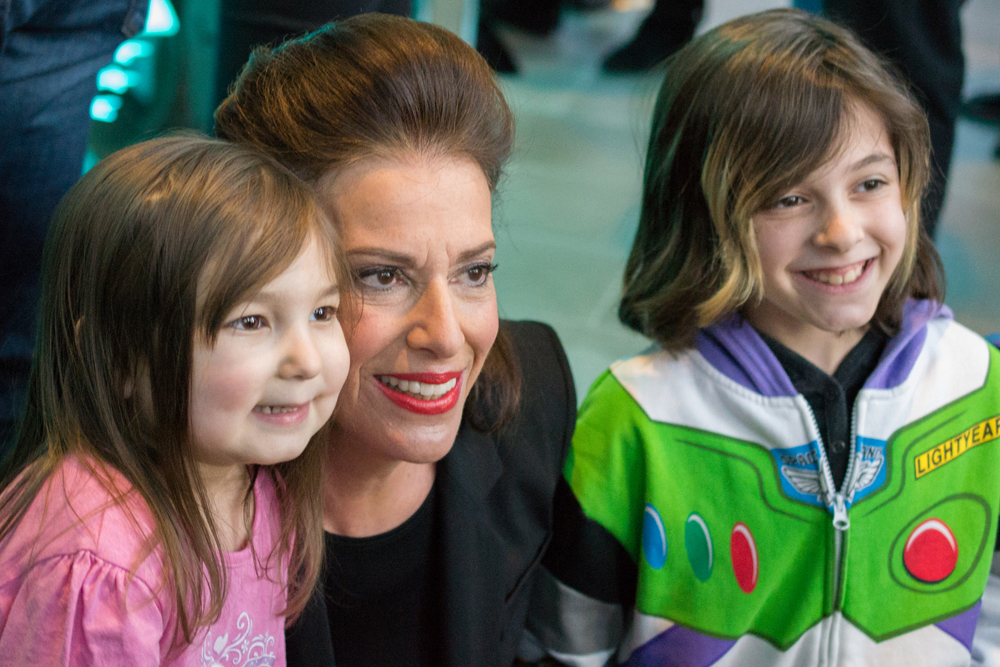
And, for kids, whose whole lives are still ahead of them, it’s possible that they could become empowered to determine their own future. When eight-year-old Rachel Gurevitz chose to be a male martial artist named Arnold, Danielle and I couldn’t help but laugh at the cuteness of her choice, but also bowled over by just how uninhibited she was, yet to be overly socialized by the heteronormativity of her environment. And Rachel’s five-year-old sister, Mia – currently undergoing chemotherapy for a brain tumor – was invited to the event, where she could see herself ass a full-grown adult. One can only imagine the therapeutic benefits such a vision could bless up on the little girl.
In fact, AvaStars founders Dan Lauer and Jill Barad had these sorts of experiences in mind when developing the product. Barad illustrates the potential that their new product holds with two rich anecdotes:
A woman came to our St. Louis opening. She had had four kids, gained some weight, and you could see that she was harried like every housewife is. And she saw herself on the [AvaStars] screen and said, ‘That’s still in me! I still have that in me.’ And it made her get in touch with a part of herself that she thought she had lost.
We [also] had a little boy, Charlie, come through. He said to his mom, ‘I want to be a martial artist. Please let me be a martial artist.’ His mom said, ‘But I already tried to make you go to martial arts class.’ And he said, ‘No, no. I want to do it. I want to do it.’ So he goes and sees himself as a martial artist in the video and he gets a black belt at the end of it. And he says, ‘Mom! I have to go to martial arts class!’ And she says, ‘I thought you didn’t want to do it anymore.’ And he says, ‘I’m a black belt now.’ So the idea of believing that these things are possible is all that we’re trying to communicate. If you believe that anything is possible, it is.

Barad and Lauer have had very successful careers manufacturing some of the most popular doll brands. Barad, who was CEO of Mattel from 1997 to 2000, was responsible for Barbie’s success throughout the 80s and 90s, as well as Mattel’s merger with Pleasant Company, makers of the American Girl doll line, in 1998. Lauer launched his own doll line, Waterbabies, of which over 22 million have now been sold worldwide.
Even when mass manufacturing toys in the past, the two had their own ideas about personalized dolls, hoping for a day when the technology was there for kids to really put themselves into their playthings. Barad elaborates, “[With mass manufactured dolls, you’re] playing through another character, playing with a character that has a defined story. [But], when it’s you, it becomes your story. So, the intimacy that you have between doll and child is that much richer and that much fuller.”
The AvaStars concept goes even further to intentionally inspire customers to be self-actualized. Barad continues, “We’re trying to communicate to kids of every age – because there’s a kid in all of us – that there’s a bright star inside of them waiting to come out.
So, [AvaStars] takes away all of the flaws and imperfections of life. It’s magical and it’s the technology that does it. If you’re in your 40s, 50s, or 60s, you’re 20 years younger. And, if you’re younger, you become 18 years or older. If you’re younger, you can see what you could be when you grow up and, if you’re older you get to see what you might have been or what you were, answering a lot of issues that we all have.”
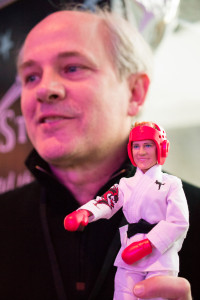
Two years ago, the duo founded the company behind AvaStars, Possibility Place, realizing that the technology was almost there to take away prescripted play and replace it with the unscripted whims of kids. Lauer points out, “It was the advent of 3D printing. Truly, that was the tipping point that enabled this whole vision to come into being.” The partners tell me, however, that 3D printing had not quite been refined enough to reflect the quality of mass production. With former ZCorp VP Scott Harmon on their team, Possibility Place polished the ZCorp printing process enough to create 3D printed faces for their AvaStar figures. As a result, the company is pursuing a patent on their technology.
I’m not sure whether or not it was the post-processing or the actual printing itself that the company refined, but the faces of the figures are really, really smooth. There’s none of the rough texture of “sandstone” prints seen with large 3D printing service bureaus. There’s even a shine that makes the dolls resemble Barbies or GI Joes.
The fact that the faces are the only 3D printed part of the AvaStar figures offers a couple of major advantages over other 3D printed selfies. The first that Barad pointed out was that AvaStars are poseable, so that kids can actually play with them. This also brings down the cost of the dolls significantly, with the entire AvaStar experience, including the 11.5” to 12” toy (depending on whether you choose a female “doll” or male “action figure”), is only about $50. 3D printed models of that stature are usually at least $75 or even well past $100. Barad explains, “We’ve taken all of the best of 3D printing and then we’ve put in all that we know about what makes a great action figure or a great doll.”
And, according to Possibility Place Vice President of Technology, Brandon Elliott, the company’s thread from 3D scanning to mass production is almost completely automated. Upon scanning, the booth’s software automatically generates an animated file and a 3D printable file, sending one to the production facility, where the faces will be printed for assembly, and one to the AvaStars screen right in the store.
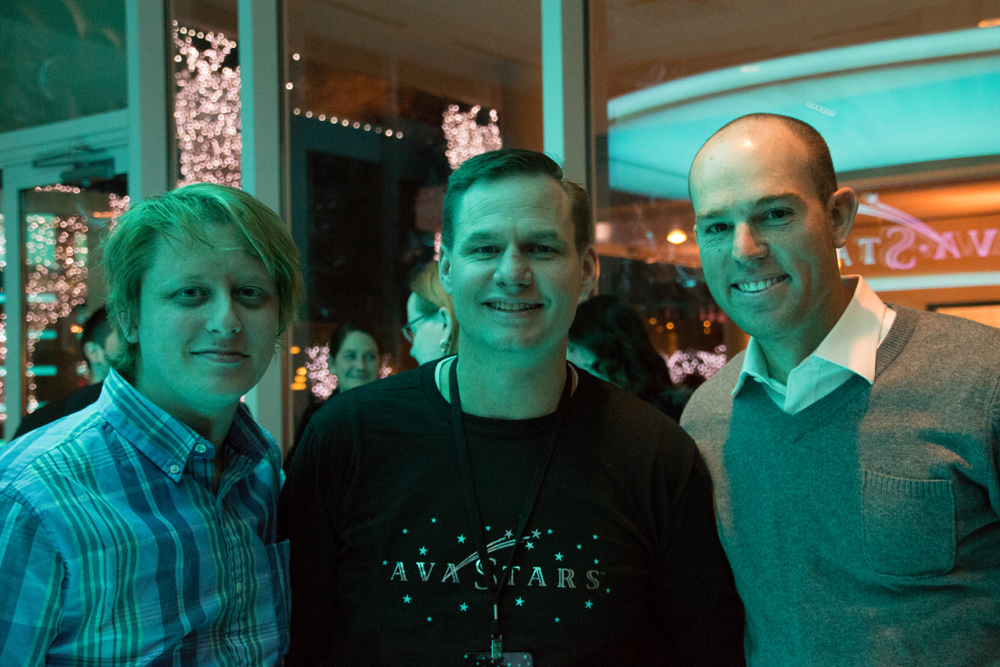
They’ve built the AvaStarShip scanning booths and the software to be “future proof”, according to Elliot. Though he didn’t want me to go into specific details about the company’s actual projected path, he made it clear that their software could allow AvaStars to impose customers’ faces onto potential AvaStar video game characters. It also goes without saying, to the 3DP community, that Possibility Place has the ability to 3D print faces for figures of almost any size.
And, because customers can access their AvaStars online, the company opens up an endless avenue for expandability. Once online, users will be able to change outfits, hair colors, and see their faces animated on the bodies of other characters. When the AvaStars iPhone app is released in the very near future, users will be able to share their AvaStars even more. As the brand establishes itself, I’m sure we can also look forward to 3D printable accessories for AvaStars figures (hats, bags, pets, cars??).
While at the launch event, it was evident that I was dealing with a team of people who really knew what they were doing. Clearly Lauer and Barad had managed successful doll lines before and Scott Harmon had a great handle on the 3D printing side of things. Even Elliot came from Build-A-Bear, making the AvaStarShip a beautiful interactive sculpture of countless LED lights and epic sound. Elliot told me that, in the AvaStarShip, there were just as many parts to the 3D scanning booth that were hidden from the eye as were exposed to the eye. All of this combined makes for something with “success” written all over it and I believe that Barad and Lauer know it.
Right now, there are three AvaStarShip locations: St. Louis, Cincinnati, and Chicago. In February, Possibility Place will be bringing a fourth StarShip to New York and, throughout next year, the company plans to have 50 locations nationwide. Though it’s likely that not every location will be as epic as these flagship stores, Possibility Place is definitely planning to go big.
And this is only the beginning. A company as fixated on the future as Possibility Place is sure to broaden the horizons of their figures, including a greater range of occupations and even more customization beyond skin tone, hair, and eye color. I believe that, if they can truly anticipate the near future, the company may even escape outdated aesthetic ideals of beauty and incorporate a larger variety of body types and maybe even gender neutral figure options to really free kids and adults to be whatever they want to be. If Possibility Place really forgets preconceived notions of mainstream taste and allows the AvaStars concept to explode out of the box, we could all venture through a rich, vibrant world the likes of which only Jung could imagine.
Leaving the event, Danielle and I stepped out in the cold air of Oak Brook Center and I realized just how much the mall had changed. It still had the same barebone structure, but the tiles of the mall had all been redone. New fountains were added. The space was somehow more open and the stores updated to reflect the modern era. Build-A-Bear was now an antiquated shop, replaced with something bright and futuristic.
But, more than the remodeling of the place, the AvaStars experience seemed to indicate that there was a more fundamental change underway. Maybe directing us towards to an idealized future with idealized selves. In that light, the mall wasn’t a mall anymore, but a StarShip blasting us towards a world in which all of us could achieve something fulfilling, something wonderful, something more.
Danielle and I stepped into the car to head home and David Bowie’s Starman began to play on Spotify:
There’s a starman waiting in the sky
He’d like to come and meet us
But he thinks he’d blow our minds
There’s a starman waiting in the sky
He’s told us not to blow it
Cause he knows it’s all worthwhile
He told me:
Let the children lose it
Let the children use it
Let all the children boogie…
All photos by Danielle Matich of Volim Photography, unless otherwise stated.



